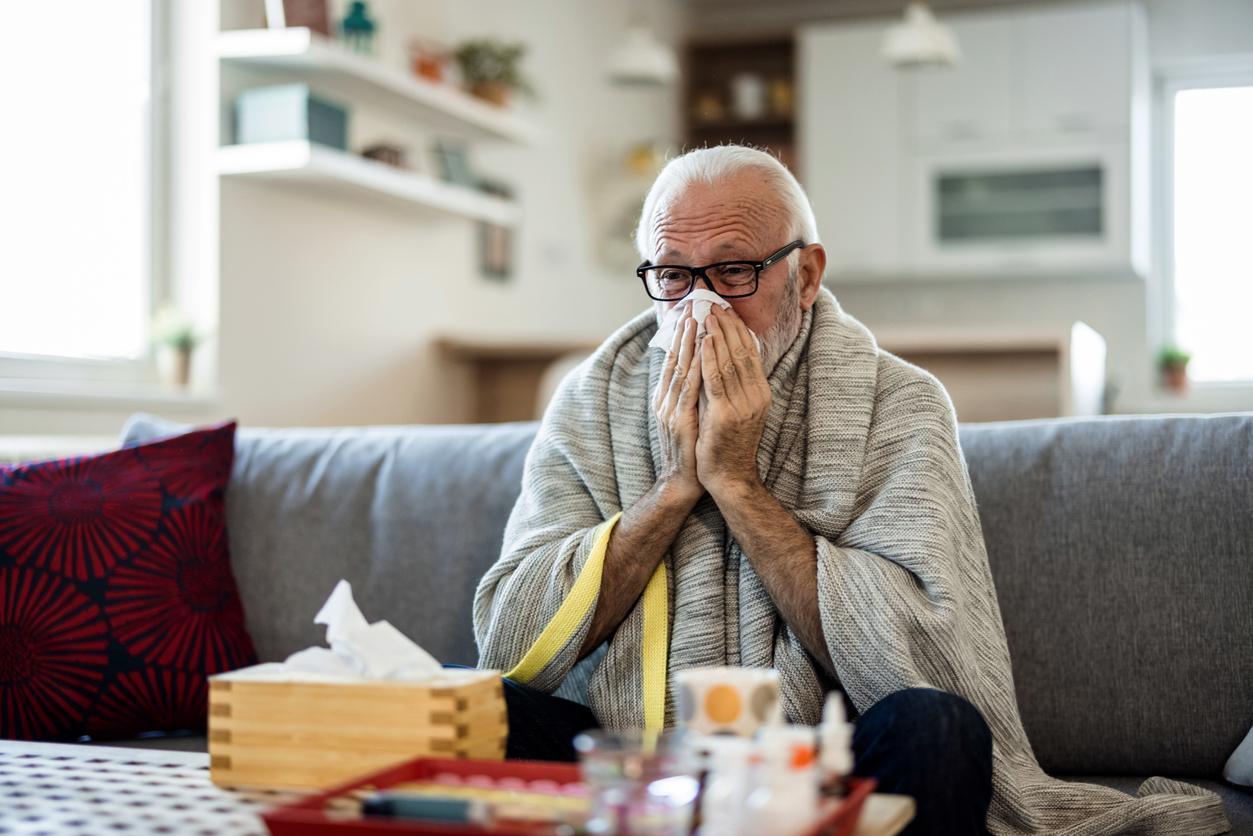With its heart rate monitor integrated into its connected watch, Apple entered the connected health sector in 2015. An option that turned out to be very useful. The year it was released, an American was saved by his AppleWatch. Worried by his gadget, which made him notice the irregularity of the beats of his heart, he had gone to the emergency room and had discovered that he suffered from a rhythmic disease of the headset. Jeff Williams, director of operations for the apple brand, even said on the American television channel CNBC : “We were really surprised by the deluge of letters and e-mails telling how a simple heart rate monitor had a big impact on people’s lives”.
The Silicon Valley society does not plan to stop there when it comes to health. During its traditional back-to-school press conference on Wednesday, the firm announced the introduction of an ECG sensor on the fourth generation of its connected watch. The latter will now measure the heart rate, the “way” in which the heart beats, and no longer just the heart rate (number of heartbeats per minute) by making a v� ©ritable electrocardiogram in 30 seconds chrono.
Screening for certain pathologies
This technology would allow the brand to attract more users, especially for patients with certain pathologies. Screening for atrial fibrillation, a common cause of stroke, will be made easier, for example. The Apple Watch has also been approved as a medical device by the Food and Drug Administration (FDA). These novelties should appeal to a new audience, aged over 65 and populations at risk.
Still, Apple will have to figure out how to communicate sensitive medical information to its new users without scaring them off. “The last thing Apple would want to do with its device, incidentally writes CNBC on his site, is to send tens of thousands of anxious users to the emergency room thinking they have a life-threatening medical problem, when they don’t. AT”
Problems to solve
Because doctors are skeptical. The apple brand will have to prove that it will not have a high rate of false positives – people who think they have a disease when they don’t – and on the contrary of false negatives. What about the responsibility of the users: if they get an abnormal result, but there is no health manager nearby? Finally, Apple will have to solve the battery problem. For a heart monitor to be effective, its wearer must be able to monitor their state of health 24 hours a day, 7 days a week. Currently, the device needs to be charged overnight.
To read also:
iWatch: the watch that detects heart attacks?
















